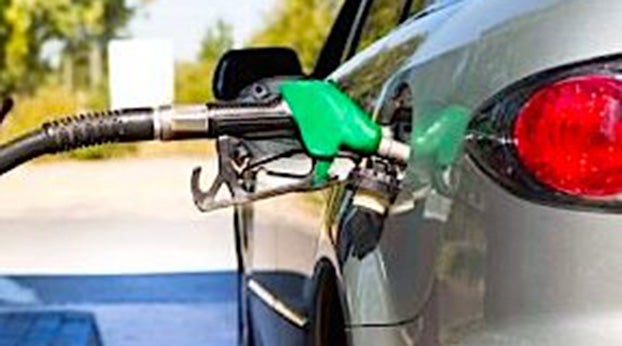Extreme cold will drive up gas prices, experts say
Published 4:39 pm Wednesday, February 17, 2021
|
Getting your Trinity Audio player ready...
|
Nearly 20% of total U.S. refinery capacity offline
Motorists should brace themselves for even higher gas prices in the days ahead, enhanced by the extreme cold weather hitting much of the country. According to GasBuddy, the travel and navigation app used by more North American drivers to save money on gas, the national average price of gasoline may jump 10-20 cents per gallon from its current price of $2.54 per gallon over the next two weeks as millions of barrels of refining capacity has gone offline due to the extreme cold in the South, with little relief on the horizon as overall gasoline demand continues to recover from the COVID-19 pandemic.
Such an increase in prices could lead the national average to rise to $2.65-$2.75 per gallon, resulting in the highest prices since 2019 and the highest seasonal prices in over five years.
“The quicker the affected refineries are able to come back online, the better, and perhaps less painful for motorists than if they remain out of service for even longer,” said Patrick De Haan, head of petroleum analysis at GasBuddy. “Oil prices have continued to rally as global oil demand recovers from the worst of the COVID-19 pandemic, and now the extreme cold weather shutting refineries down, us motorists just can’t seem to catch a break. We probably won’t see much, if any relief, anytime soon.”
According to GasBuddy’s analysis, 11 refineries in Texas and one in Kansas have at least partially shut due to the extremely cold weather. Refineries are exposed to the elements, and unlike facilities in the northern U.S. which are prepared for cold weather, few refineries in the south have protection from these historically low temperatures. GasBuddy calculations show 3.48 million barrels of refining capacity were offline as of midday Tuesday, or nearly 20% of total U.S. refining capacity, just under the amount shut down due to Hurricane Harvey in 2017. Every day that these refineries are not operating the country is consuming more gasoline than it produces, swiftly impacting inventories.
“Expect gas prices to rise more closer to the markets these refineries serve, primarily Texas, Louisiana, Alabama, Mississippi, Florida, Georgia, the Carolinas, and potentially even up the coast, as the Colonial pipeline carries refined products from the affected refineries as far as New Jersey. While other regions are also likely to see impacts to gas prices, the amount may be slightly less,” De Haan said. “Even after this event is over, it may take refineries days or even a week or two to fully return to service, and with gasoline demand likely to accelerate as we approach March and April, the price increases may not quickly fade.”
GasBuddy expects the national average could rise closer to $3 per gallon closer to Memorial Day weekend as refineries eventually begin to switch over to EPA-mandated cleaner summer fuels. While a $3/gal national average is far from guaranteed, the odds are certainly rising. The market could get doused in cold water, however, should OPEC, which controls a third of global oil production, raise production in the weeks or months ahead.
GasBuddy offers these tips to save money on gas amidst price increases:
- Shop around: Gas prices can vary as much as $1 per gallon in metropolitan areas. Searching for the best gas prices before filling up with tools like the free GasBuddy app can ensure drivers pay the lowest price.
- Drive mindfully: Aggressive driving can reduce gas mileage by as much as 40%.1 ● Pay and save: Joining a gas station loyalty program or using payments services like Pay with GasBuddy can save drivers hundreds of dollars per year on gas.






